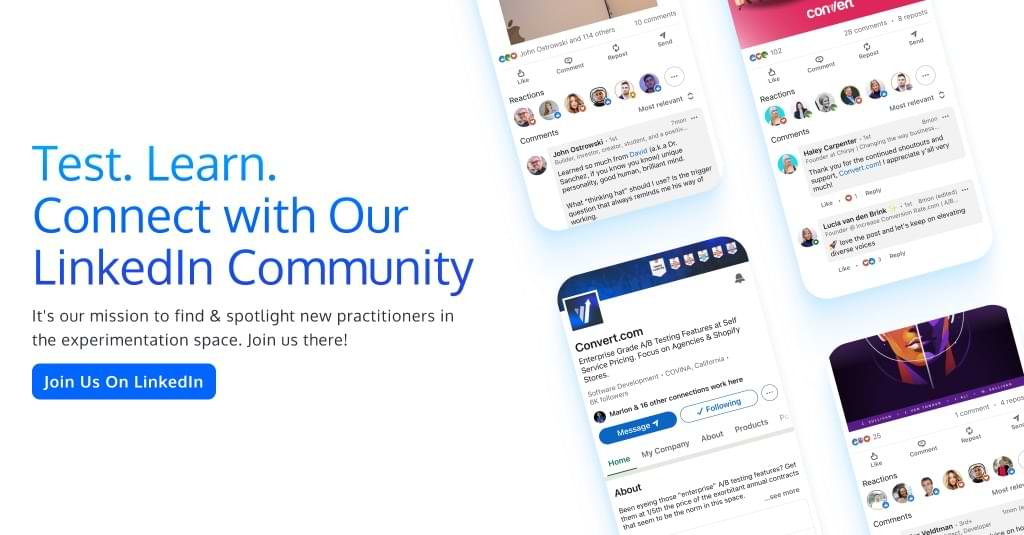Pivots & Passion — Stories to Change the World
A Candid Conversation with Marina Ostrowski
“The hallmark of originality is rejecting the default and exploring whether a better option exists. (…) The starting point is curiosity: pondering why the default exists in the first place. We’re driven to question defaults when we experience vuja de, the opposite of déjà vu. Déjà vu occurs when we encounter something new, but it feels as if we’ve seen it before. Vuja de is the reverse—we face something familiar, but we see it with a fresh perspective that enables us to gain new insights into old problems.” — Adam Grant, “Originals: How Non-Conformists Move the World”
That’s the essence of this new series. We’re chasing that ‘vuja de’ moment — when someone looks at a best practice and goes, “Why do we even do it this way?”
Spotlighting unconventional thinkers who are reframing the way our industry approaches protocols and ideas. Folks who aren’t afraid to poke holes in mainstream theories and reject defaults.
Come along for the ride?
Marina — tell us about your background. Where are you from and what are you passionate about?

I’m Brazilian-Polish and a former lawyer. After 5 years of studying the legal intricacies of Brazil’s system and learning in detail who should own the fruits of a tree, I decided it wasn’t my path to continue in that world. Then, I moved to Poland and started working with my brother in Experimentation — and I fell head over heels about it.
As a neurodivergent, I have a long list of passions (from embroidery to astrophysics), and I was led to Experimentation because of my passion for investigating and learning constantly, as well as my lack of fear of being proven wrong.
With my recent diagnosis of ADHD, I also found a passion for advocating that diversity is something we can benefit from when working in technology and experimentation — whether that be neurodiversity, cultural and religious differences, or anything else that makes someone see the world differently.
Every person has a pet peeve. Every industry has something to change. What would you like to change about the space that you work in?

My biggest pet peeve nowadays is scope creep and adding several variants to a test when there’s absolutely no need for it.
As we all know, scope creep happens. When designing an experiment, it might be hard to balance keeping the clients happy and tied to the hypothesis because it brings new ideas and they want to test everything. And that’s a good thing — who doesn’t want the stakeholders keen to test and have different ideas on improving through experimentation?
The problem comes when we end up with many variants for a test that only needs a specific change to refute/validate a hypothesis. Suddenly, a simple exclusion test turns into a multivariate one, or a test with 10 slightly different versions of the same design — e.g. adding new items, testing different placements, or just trying to change the design.
I’ve seen an intention to maximise effectiveness in those cases, with the belief that it will solve two problems with one test (if it’s worth doing it and how to do it) — and that’s understandable. However, as important as it might seem to stakeholders, it’s our responsibility to know when to push back and demonstrate that a test is not worth having that many variants!
The result tends not to follow this effectiveness trend — instead of having strong data to support whether the changes made any difference, the results end up diluted and the data is much harder to analyse. If you have tons of different details, it’s much harder to understand what made one variant stand out in the crowd. Besides, the traffic can end up so segmented that the winner variant may just be an example of Twyman’s Law (shout out to TLC and their awesome t-shirt!), and the “amazing result” might just be a fluke.
Of course, multivariate tests have their raison d’être, but they should be considered with a pinch of salt — I did see one incredible example where a 25-variant test had one winner and that proved to be actually positive in a posterior iteration.
As a project manager and practitioner in training, I learned with these experiences how important it is to also say “no”. It’s hard (again, we just want to make our stakeholders happy), but they may end up with delays in development, not-so-good results, and a test that could be a simple test with a bold result and progress to iterate until local maxima. It’s a thin line, but worth the shot.
How do you experiment & grow in your work?

At work, I experiment in different ways to support my team — as an experimentation team, it’s important to experiment with our own process and improve constantly. Right now, we’re experimenting with creating a specific process that mixes continuous delivery and sprints to match our clients’ internal processes.
In life, I’m constantly experimenting with my studies, routines, and work to find effectiveness in my personal neurodivergent chaos. I iterate on my own processes and critically analyse their flaws every three months to ensure that my personal system is as effective as possible.
Want more of Marina’s unconventional insights? Connect with her on LinkedIn or through her website.
Know someone who’d be perfect for this series? We’d love to hear about them! Reach out to our editor Carmen on LinkedIn with your recommendations.
Written By
Marina Ostrowski
Edited By
Carmen Apostu


